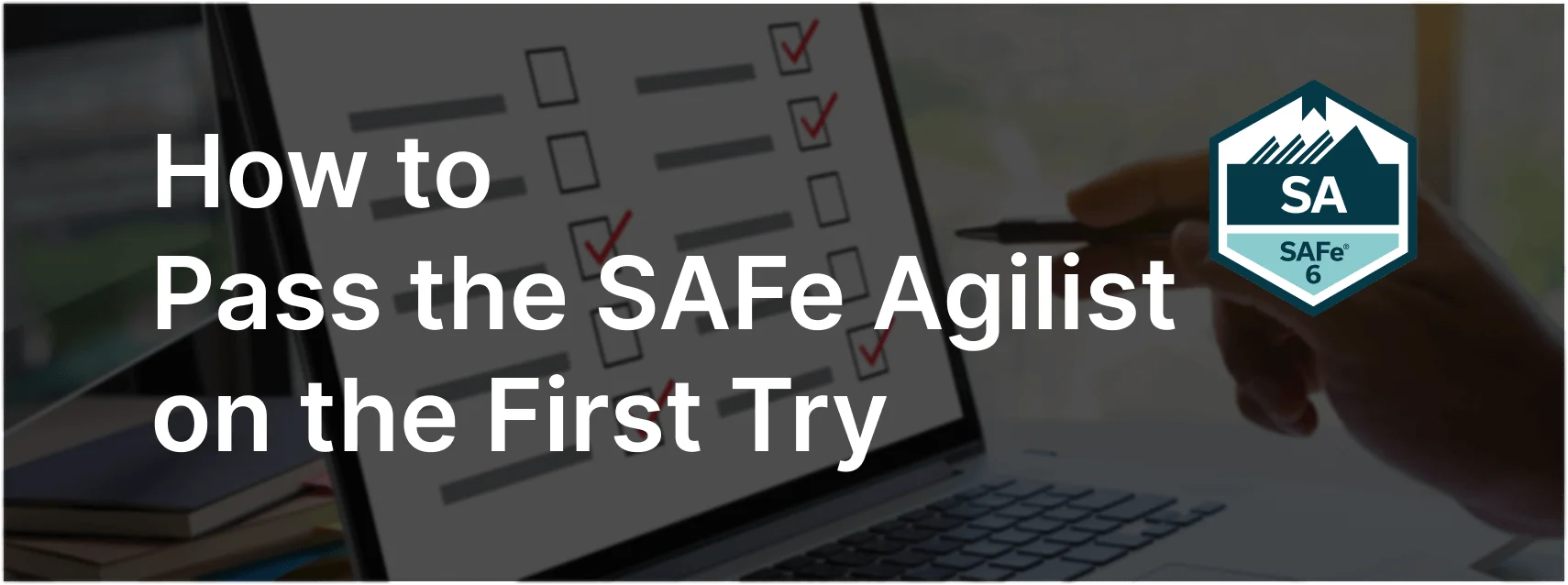SAFe Principles in SAFe
In this article, we examine a SAFe-related exam question focused on SAFe Principles. Understanding this concept is key to passing the Leading SAFe exam and applying SAFe effectively at scale.
Exam Question
How can trust be gained between the business and development
A. Deliver predictability.
B. Maintain Iterations as a safe zone for the team.
C. Release new value to product every day.
D. Automate the delivery pipeline.
Correct Answer
A
Explanation
Correct Answer
A. Deliver predictability.
SAFe relies on a rolling wave of short-term commitments from Agile teams and trains to assist with business planning and outcomes, resulting in improved alignment and trust between development and business stakeholders. These are communicated via PI objectives.
Incorrect Answers
B. Maintain Iterations as a safe zone for the team.
This option does not accurately describe a key characteristic of SAFe Principles in SAFe.
C. Release new value to product every day.
This option does not accurately describe a key characteristic of SAFe Principles in SAFe.
D. Automate the delivery pipeline.
This option does not accurately describe a key characteristic of SAFe Principles in SAFe.
Agile Leadership Insights
- Cross-Functionality: Agile teams should be equipped to deliver value without dependencies.
- Value Delivery: Communication and end-to-end ownership are essential.
- Team Empowerment: Teams must be able to self-manage and collaborate to meet Sprint Goals.
Relevance to the Leading SAFe Exam
Understanding how SAFe Principles is applied in SAFe is critical for passing the exam and applying concepts in large-scale Agile environments.
Key Takeaways
- Clarity on the key elements of SAFe Principles helps align team and program execution.
- SAFe emphasizes full visibility and alignment from team-level planning up to portfolio strategy.
Conclusion
Mastering these concepts helps reinforce your SAFe knowledge. To deepen your prep, explore our Leading SAFe® Exam Prep.



